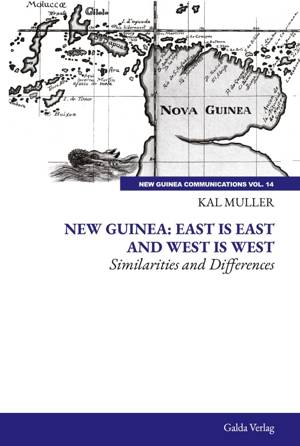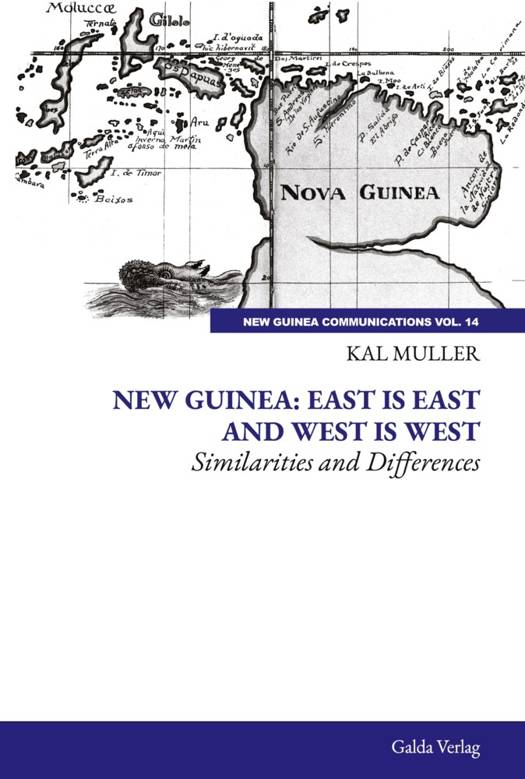
- Afhalen na 1 uur in een winkel met voorraad
- Gratis thuislevering in België vanaf € 30
- Ruim aanbod met 7 miljoen producten
- Afhalen na 1 uur in een winkel met voorraad
- Gratis thuislevering in België vanaf € 30
- Ruim aanbod met 7 miljoen producten
Zoeken
€ 80,95
+ 161 punten
Omschrijving
This book compares the two sides of New Guinea: the independent country of Papua New Guinea (PNG) and the West New Guinea (WNG) that forms a part of the Republic of Indonesia. By sharing the same island there are many similarities that apply to both sides such as the ethnic makeup in the eastern and western halves of New Guinea. Yet differences exist: geologies and geographies underlie some basic difference: outward maritime trade routes in the west focus toward the Moluccas while those in the east look towards the South Pacific. The inland trade routes are similar in the highlands following the dictates of the rugged terrain. Stone blades for axes and adzes were among the most important trade items everywhere, along with salt from local saline pools. The island's Babel of over 1,100 languages has prevented any large-scale political entities. And while the art styles show some similarities, marked differences are found in the east and the west. The colonization process defines much of the current differences between the two sides. The west was colonized by the Dutch as part of their East Indies domain, now Indonesia. In the east, the British and the Germans were the first to take possession, with Australia taking over the entire west after 1914. Treatment of the Papuans differed considerably. In the west, it was almost complete neglect as the Dutch were mostly interested in the productive money generating parts of the East Indies, lacking in West New Guinea. In what became Papua New Guinea, working in plantations and gold mining depended on cheap Papuan labor, with their treatment showing considerable variation. World War II affected the two sides quite differently. The Japanese juggernaut rolled over the north coast of West New Guinea, then that of PNG before being stopped in the Solomon Islands. The expulsion of the Japanese took nearly three years on the PNG side but only a few months in WNG. This difference had profound effects, quite different on the two
Specificaties
Betrokkenen
- Auteur(s):
- Uitgeverij:
Inhoud
- Aantal bladzijden:
- 588
- Taal:
- Engels
- Reeks:
Eigenschappen
- Productcode (EAN):
- 9783962033149
- Verschijningsdatum:
- 19/09/2023
- Uitvoering:
- Paperback
- Formaat:
- Trade paperback (VS)
- Afmetingen:
- 156 mm x 234 mm
- Gewicht:
- 811 g

Alleen bij Standaard Boekhandel
+ 161 punten op je klantenkaart van Standaard Boekhandel
Beoordelingen
We publiceren alleen reviews die voldoen aan de voorwaarden voor reviews. Bekijk onze voorwaarden voor reviews.











